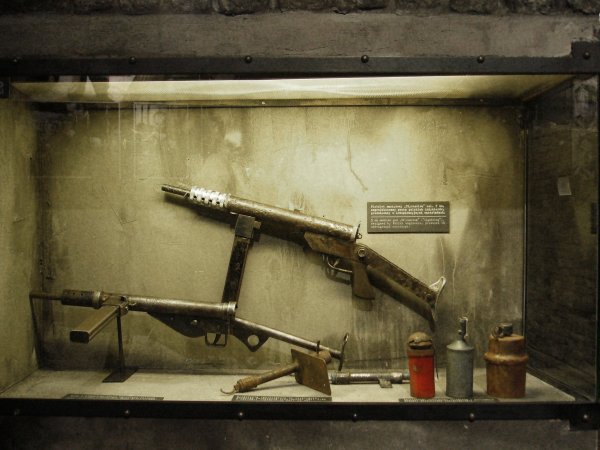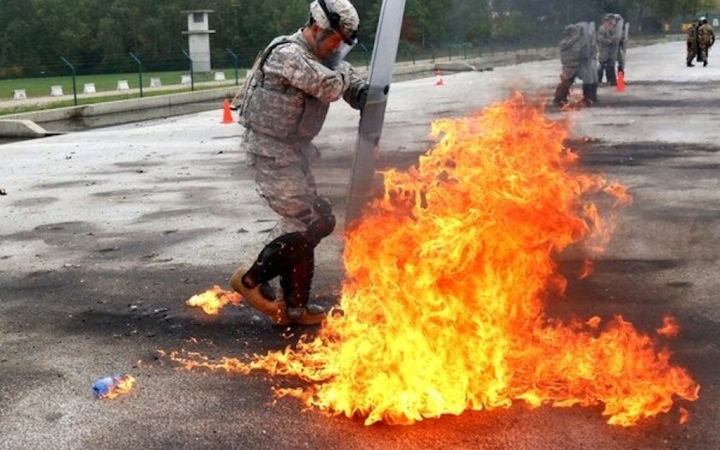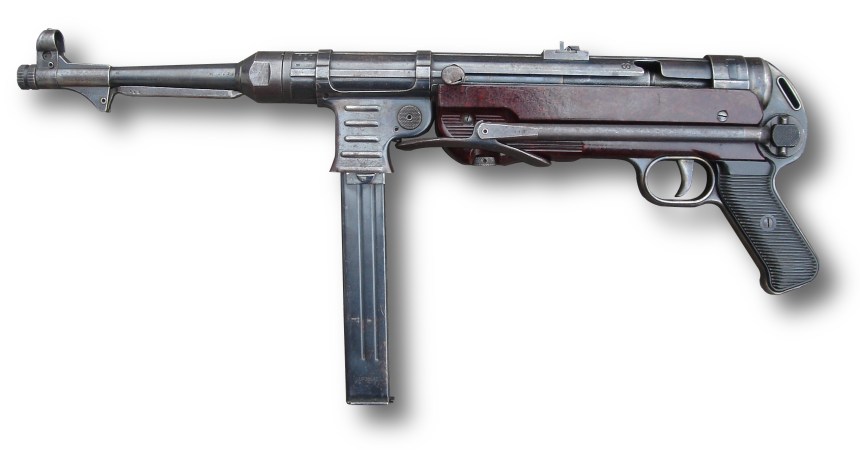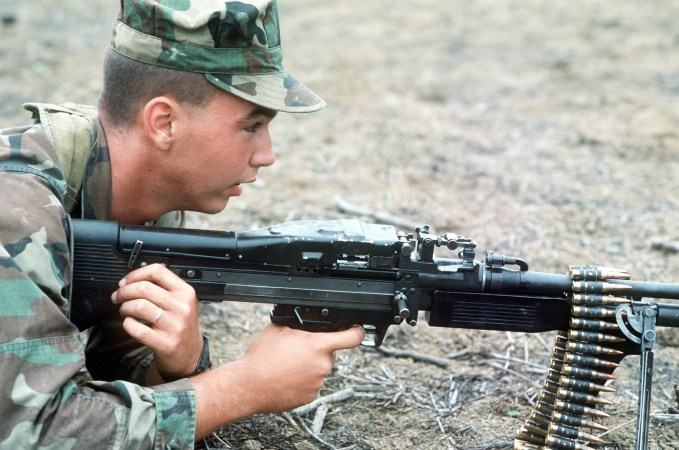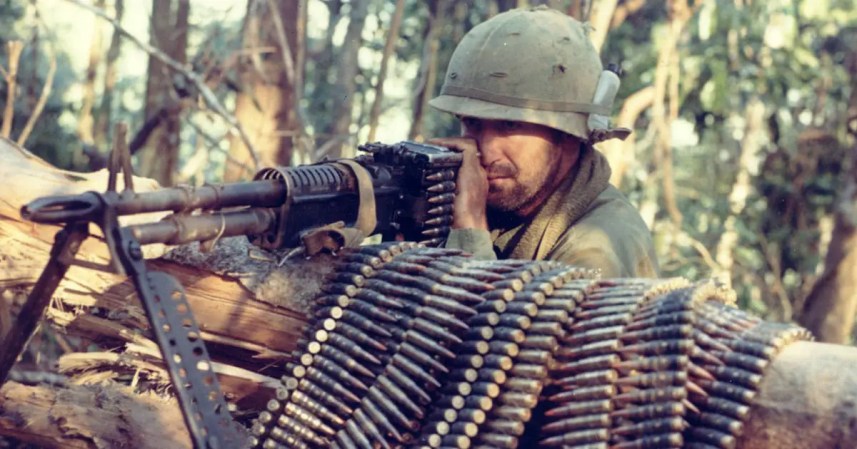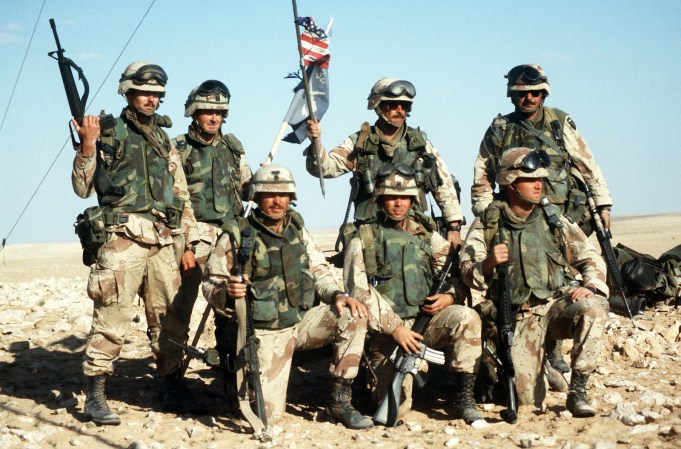Carl Gustav’s name is associated in most militaries with the recoilless rifle that bears his name, a weapon typically used in anti-armor/anti-personnel applications that is known for its range and lethality. But another weapon, a submachine gun that was reliable enough to serve special operators in the jungles of Vietnam, claims the name as well.
The Carl Gustav M-45 is a design originally ordered by the Swedish Army in World War II. They wanted new weapons to preserve Swiss neutrality and as potential exports to the warring nations.

The weapon used a simple blowback procedure to cycle the weapon. The operator would pull the trigger, the first round would fire and the force of the explosion would propel the bullet forward while also ejecting a spent casing and allowing a new round to enter the chamber.
It borrowed many of its design elements from other popular submachine guns of the day, such as stamped metal construction. It had a folding stock and featured a 36-round magazine, enough to out fire most designs of the time.
But it could churn through those rounds in seconds. It had a firing rate of 600 rounds per minute and could only fire on full auto. The operator had to preserve ammo by shooting controlled bursts.

America never officially adopted the M-45, but U.S. special operators carried it in Vietnam because it was more reliable in the jungle environment than the M-16 that was standard-issued U.S. weapon. Special Forces soldiers and SEALs fought Viet Cong and North Vietnamese Army forces on jungle trails with the little guns, spraying rounds at close range.
In Vietnam, the U.S. operators often carried the weapon with an American-made Sionics silencer and with new magazines that held up to 71 rounds.

Army Staff Sgt. Drew D. Dix was carrying the M-45 for most of his January 1969 exploits that would contribute to his receiving the Medal of Honor. He led a relief force that rescued friendly troops under fire and an American nurse before heading off to rescue other groups of friendly and U.S. prisoners in a Vietnamese city.
By the time Dix’s rampage ended, he had killed at least 14 — and possibly as many as 39 — enemy fighters, captured 20 prisoners, and freed 14 Americans and friendly civilians.
The M-45 eventually faded from American use after the Swedish government banned exports to the U.S. in protest of the Vietnam War.
But that wasn’t the end for the M-45. Egypt produced the weapon as the Port Said submachine gun under license.
The submachine gun has appeared in dozens of movies including “Brüno,” “Red,” and “Fast Five.”






